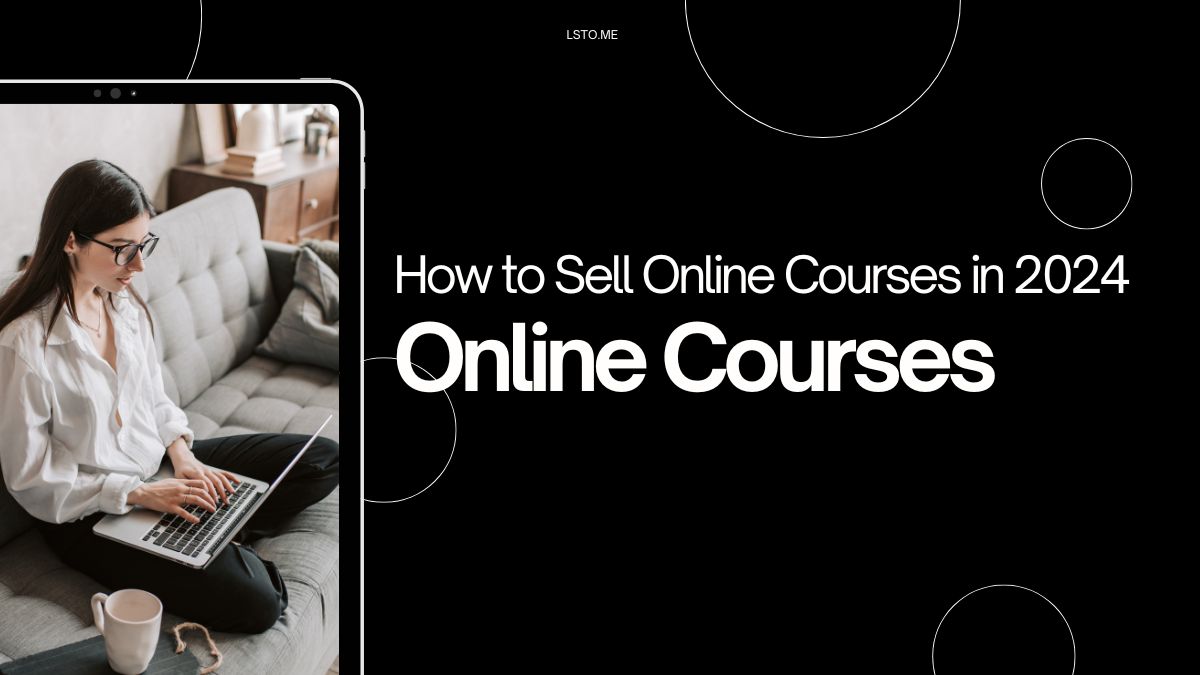
In 2024, e-learning will keep growing. It will give educators, experts, and entrepreneurs an unmatched chance. They can share their knowledge. They can also make money. But, selling online courses requires more than great content. It also needs strategic planning, effective marketing, and the right platforms and tools. This guide will walk you through the steps you need to sell your online courses in 2024.
1. Identify Your Niche and Target Audience
The first step in selling online courses is to find a niche. It should match your expertise and have market demand. Check market demand using tools like Google Trends, Udemy, and Coursera. They show what topics are trending and market gaps to fill. Defining your target audience is critical. Understand your ideal students, their pain points, and the solutions they seek. Creating detailed buyer personas can help you tailor your course content. It can also help you tailor your marketing to their needs.
2. Create High-Quality Course Content
Quality content is the foundation of any successful online course. Outline your course structure. Break it into modules and lessons. Ensure a logical flow. Students should be able to follow it easily. To fit different learning styles, use many content formats. These include videos, quizzes, assignments, and interactive elements.
3. Choose the Right Platform
Choosing the right platform for your course is critical. Consider using a marketplace like Udemy or Coursera. They provide built-in audiences but take a cut of your earnings. Or, you can use a dedicated platform like Teachable or Thinkific. They give you more control over branding and pricing. But, you need to market them more. Evaluate each option’s features, fees, and audience reach. This will help you determine which is best for your course.
4. Price Your Course Strategically
Pricing your course correctly can have a significant impact on its success. Research competitor pricing to determine the market rate for similar courses. Consider your course’s value. Price it to reflect its quality and benefits. Tiered pricing, discounts, and limited-time offers can all help attract more students. They can also increase sales.
5. Develop a Marketing Plan
A well-rounded marketing strategy is required to attract and convert prospective students. Use many marketing channels. These include social media, email, content, and paid ads. Building an email list before your course helps to build excitement. It also ensures a ready audience. Collaborate with influencers or industry experts to increase your visibility and credibility.
6. Leverage SEO and Content Marketing
Optimizing your course for search engines can increase organic traffic to your page. Conduct keyword research to identify relevant terms that prospective students are searching for. Create a blog, YouTube channel, or podcast to share valuable course-related content. This will establish your authority and attract a loyal audience.
7. Engage with Your Audience
Creating a community around your course can help increase student engagement and satisfaction. Interact with your students through social media groups. You can also use forums or a dedicated community platform. To keep your audience engaged, update the content often. Also, offer extra resources or live Q&A sessions.
8. Collect and Utilize Feedback
Collecting feedback from your students is critical to continuous improvement. Use surveys, reviews, and direct feedback to figure out what works and what doesn’t. Use this feedback to make changes. They will improve your course and the learning experience.
9. Offer Excellent Customer Support
Providing excellent customer service can differentiate your course from the competition. Be available to answer questions, solve problems, and support your students. Do so throughout their learning experience. Giving timely and helpful support can result in positive feedback and word-of-mouth referrals.
10. Track and Analyze Performance
You must track your course’s performance. It is critical for understanding its impact and finding areas to improve. Use the analytics tools that come with your course platform. They track student progress, completion rates, and engagement. Analyze this data to improve your content, marketing strategies, and overall course offerings.
Selling online courses in 2024 requires great content. You also need smart marketing and engagement with your audience. Follow these steps. They will let you create a compelling course. It will meet your audience’s needs and achieve your business goals. With dedication and the right approach, you can turn your skill into a profitable online course. The course will have a long-term impact.




